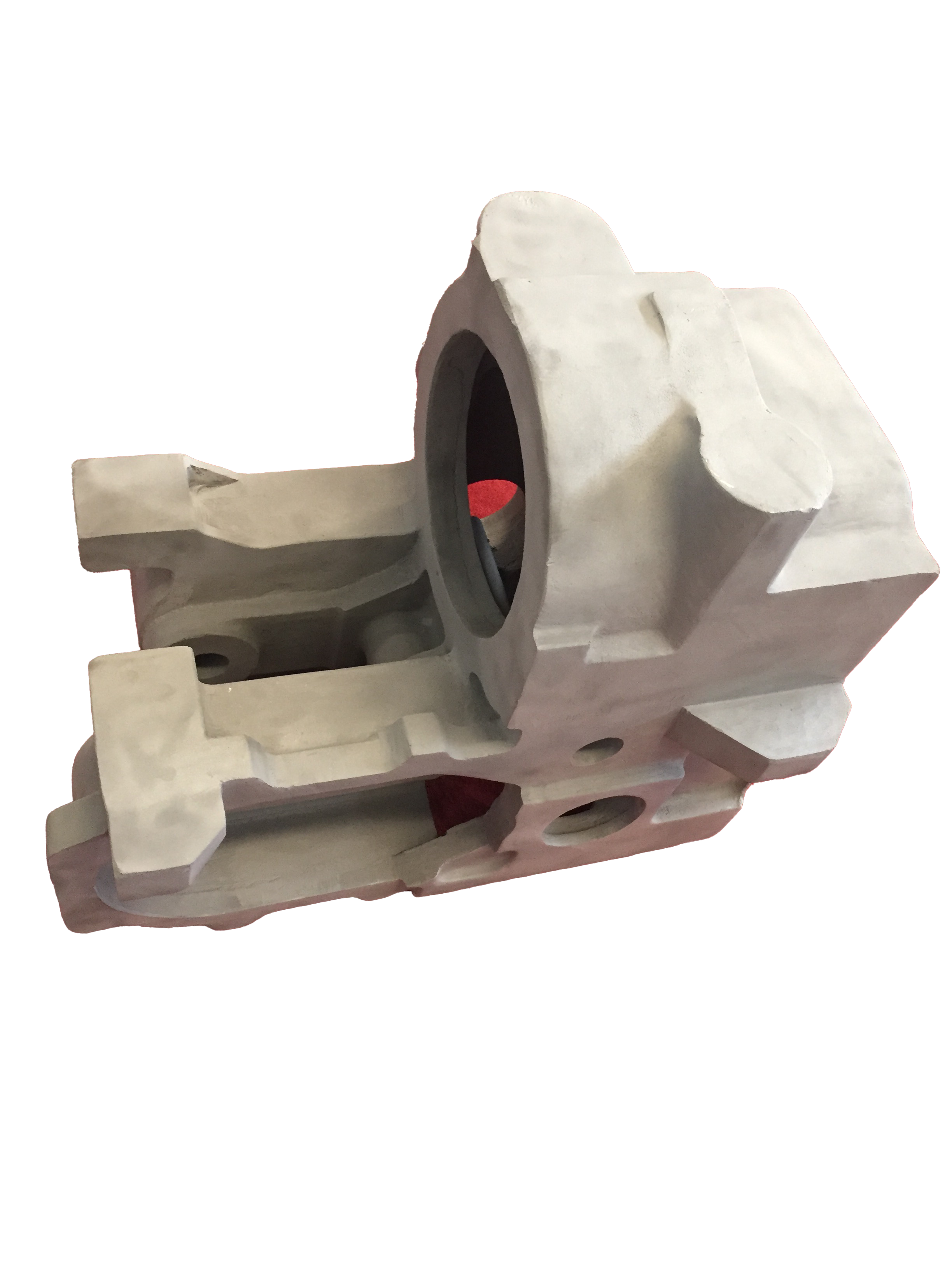Correo electrónico ukax janiw ch’usakïkaspati
Contraseña ukax janiw ch’usakïkaspati
Correo electrónico formato ukan pantjasitapa
Correo electrónico ukax janiw ch’usakïkaspati
Correo electrónico ukax nayratpach utjxiwa
6-20 chimpunaka(letranakampi jakhunakampikiwa)
Uka aruskipawixa janiwa chiqaparu uñjatäkiti
Correo electrónico formato ukan pantjasitapa
Correo electrónico ukax janiw ch’usakïkaspati
Correo electrónico ukax janiw utjkiti
6-20 chimpunaka(letranakampi jakhunakampikiwa)
Uka aruskipawixa janiwa chiqaparu uñjatäkiti

Yatiyawinaka
Development Trend of Zinc Alloy Die Casting Technology(continued)

Manipulation of smelting and processing technology
At present, there are two kinds of smelting and processing techniques: one is to melt copper first and then aluminum-zinc-magnesium; the other is to melt aluminum-copper intermediate aluminum alloy in advance and then melt zinc alloy material. The former must be operated at a high temperature exceeding 1000°C, and is rarely used in manufacturing; the latter, although widely used, still has the defects of high temperature actual operation and complex process flow. In this paper, the aluminum alloy of zinc series products is prepared immediately in the whole process of zinc melting and smelting. That is, the required amount of copper is first added to the zinc solution to melt, and then aluminum magnesium and the remaining amount of zinc are added successively. The processing technology has the following key points of operation.
Manipulation of temperature
The higher the temperature, the melting of the air oxide film of the metal material and the loss of maintenance effect. But high temperature rapid smelting can also reduce air oxidation ablation. The operating smelting temperature is generally higher than 100 ℃ ~ 200 ℃ above the high-efficiency liquidus temperature of the aluminum alloy.
Manipulation of Refining Agents
Refining agent is used for degassing and slag discharge of aluminum alloy liquid. At 450 ℃ ~ 750 ℃, the bell jar should be pressed into ammonium chloride, which can remove 80% of the metal oxides and 70% of the chemical substances between the metal materials in the zinc alloy material liquid, so as to ensure the quality of the aluminum alloy. However, the experiment also found that the application of ammonium chloride scouring (about 0.12% of the total weight of the metal material) will increase the melting loss rate of the aluminum alloy, and only the static discharge response method can also obtain a high-density cross-sectional structure without slag. And mixed aluminum alloy ingots. Therefore, the production and manufacturing can decide whether to carry out the actual operation of slagging and the amount of ammonium chloride that must be added according to the amount of returned waste.
Manipulation of Aluminum-Copper Intermediate Liquid
The purpose of using the aluminum-copper intermediate liquid is to facilitate the addition of some aluminum alloy elements with high melting point and not easy to melt, so as to facilitate the more precise control of components, such as titanium and zirconium. Next, the application of positive intermediate fluid can prevent the over-temperature of the melt, reduce the smelting time and reduce the ablation. The positive intermediate liquid is prepared by melting and legal, first melting the fusible metal and overheating to a certain temperature, and then adding the silicide metal material in stages. The crux of this approach has resulted in excellent kinetic modeling standards that expand and continuously innovate the immediate surface of conventional metallic materials and aluminum alloy elements.
In accordance with
- It is advisable to select a DC coreless furnace made of aluminum alloys, because the furnace has good airtightness, is easy to use for slag making, and can reduce labor efficiency and facilitate practical operation.
- The new technology and new process use aluminum alloy melting of copper in a zinc solution, which can precisely control the composition, so zinc alloy materials can be prepared immediately in the whole process of zinc melting.
- The organic chemical composition and physical properties of the 3# aluminum alloy produced by new technology and new process all meet the enterprise standard of the manufacturing industry. It is confirmed that the processing technology is effective, and the basis for further expansion experiments of zinc alloy materials is established.
Conclusion
For more information about hpdc die casting machine,cast iron die casting machine,gravity die casting and pressure die casting, we are glad to answer for you.

